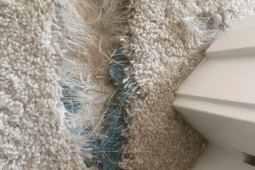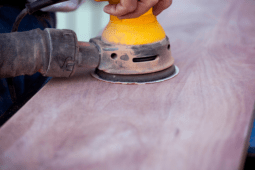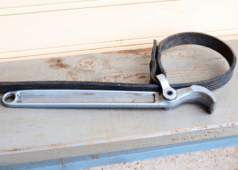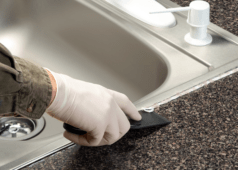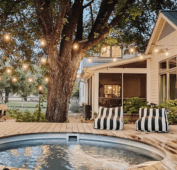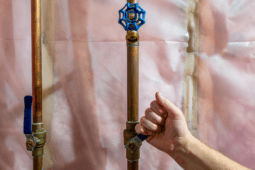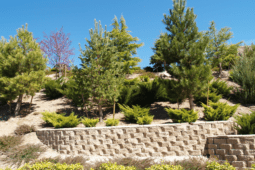How to Assess Board Edge Flatness for Seamless Joints
Although there are many different tools, methods, and techniques to know if two boards are not flat enough to be joined together, you probably don’t know this trick that will save you from spending money on specialty tools or time trying out different ways to test for flatness. However, don’t worry because we have you covered with our expert woodworking tips, which will hopefully help you with your next projects. Keep on reading to learn this trick and streamline your upcoming woodworking masterpiece.
Why You Need Flat Edges To Join Two Boards Together
Wood boards can come in various sizes, but sometimes you can get the best deals on wood that’s not the exact size you need, leaving you needing to combine two boards together. Also, there are tons of times that you end up with leftover wood from other projects, which you can reuse if you know how to join boards together. However, it’s never the case that boards are flat and true from the store or your scrap pile, so you need to know how to test the boards before jointing.
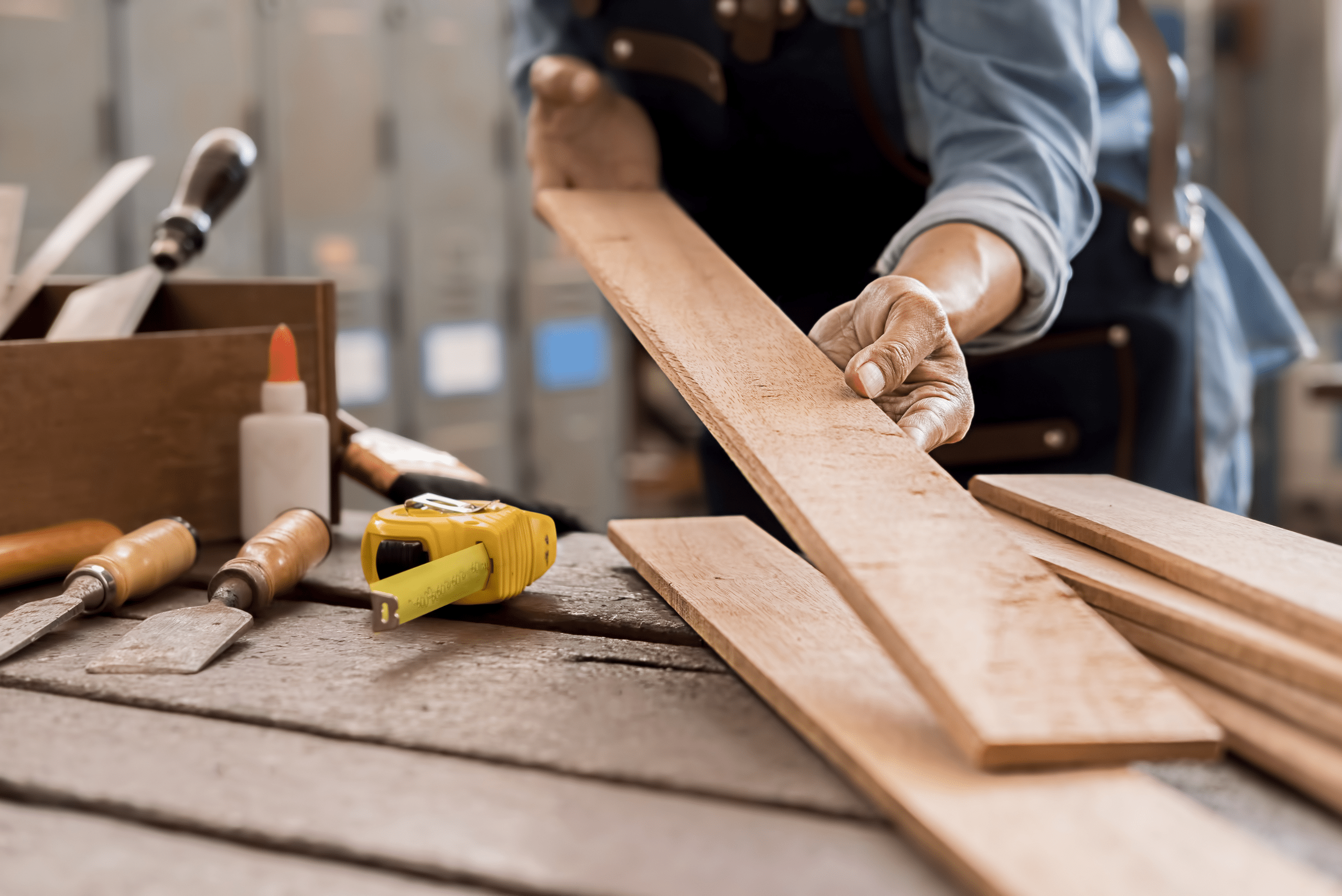
When putting two wooden boards together, flatness is pivotal to the outcome of your final result, so don’t skip on finishing the boards. With the edges perfectly flat and smooth, you will not only get a more secure attachment of the boards but it will also considerably reduce the time needed to get the new larger board ready for your project. Not to mention, it will be obvious that you have two boards attached together since the grain won’t be a perfect match, which will be exaggerated if you join uneven boards together.
The Trick For Checking Boards Before End Jointing
With the two boards on hand that you are looking to join their ends, you will want to place them edge to edge, then twist the top board to rotate it on the bottom one.
If your top board twists easily, then the edges are not quite flat, especially if it’s pivoting off a middle hump in the bottom wood board.
That low resistance is a dead giveaway that your boards need further planning, so start by bringing down the middle hump and test again.
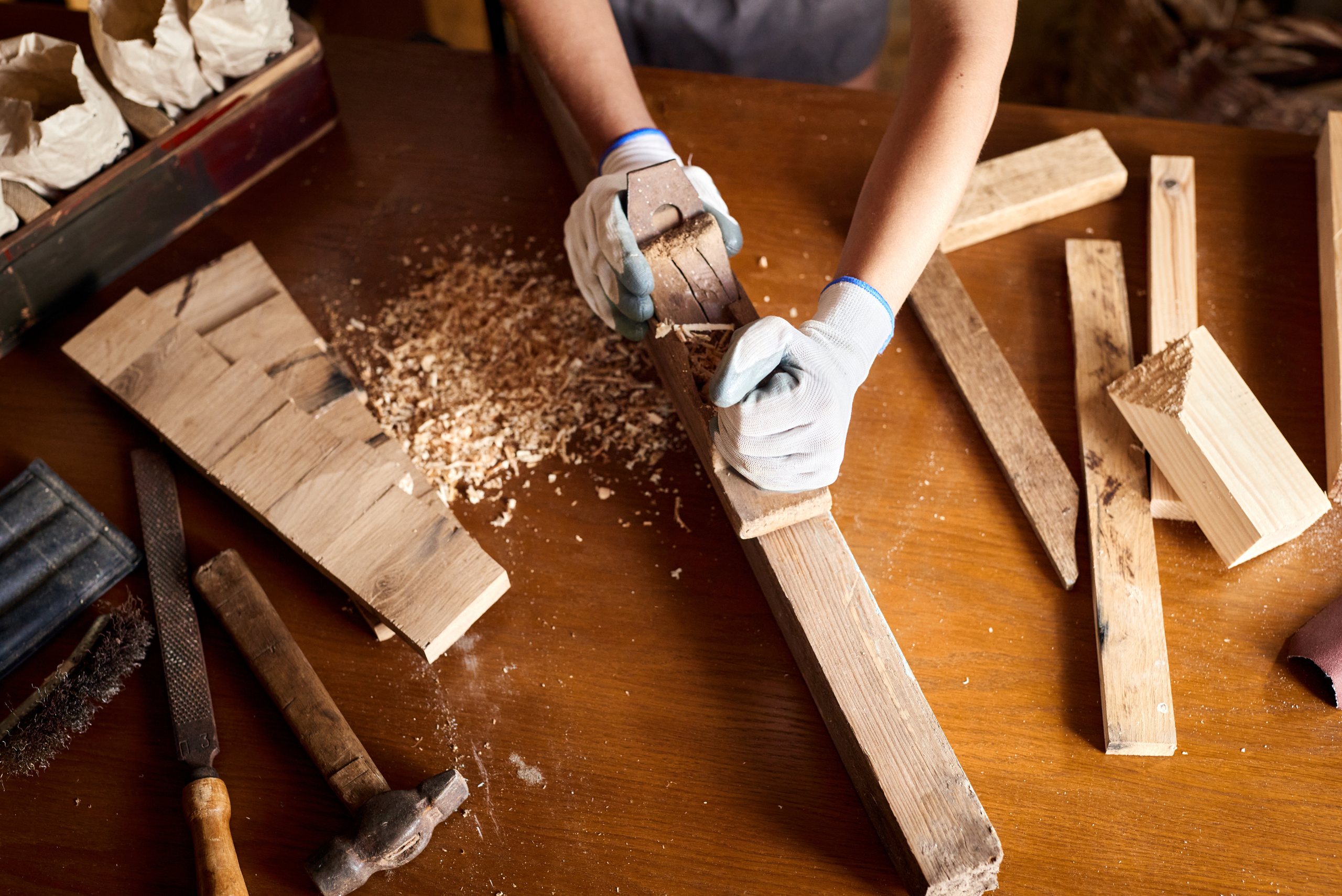
Two flat boards that are ready for jointing will have the most amount of friction when being twisted, making it obvious when you get it true and flat.
Hopefully, this trick will help you join boards together quickly and accurately, so give it a try and let us know how it works for you!
Common Issues That Cause Board Edges To Not Be Perfectly Flat
Common issues that lead to imperfectly flat board edges often stem from a variety of factors in woodworking. These include inadequate jointing techniques, where boards aren’t properly aligned or squared during the initial milling process.
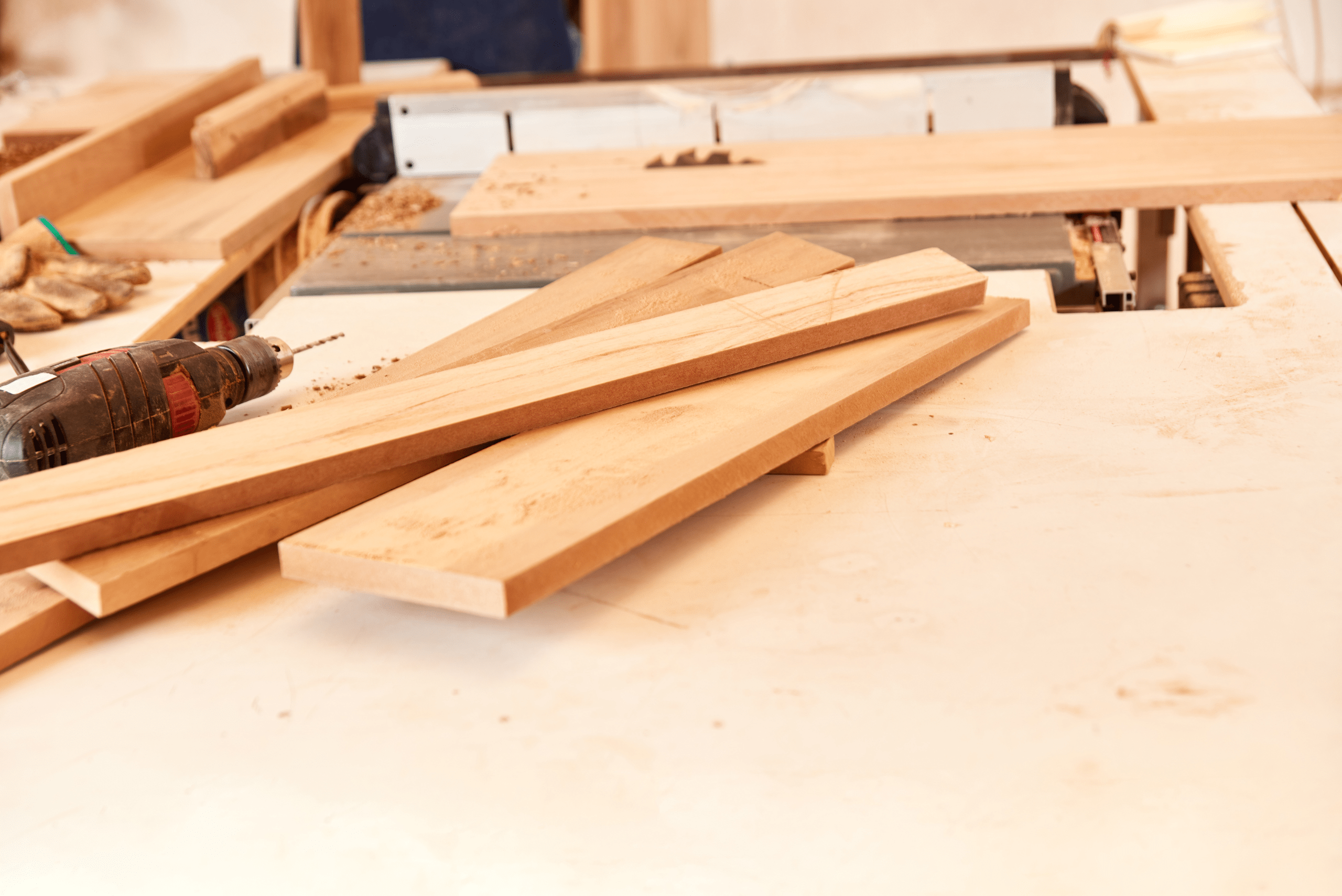
Additionally, uneven pressure distribution during clamping can result in unevenness along the edges. Warping due to changes in moisture content or improper storage can also cause boards to lose their flatness.
Furthermore, inconsistencies in material thickness or irregularities in the wood grain can contribute to uneven edges. Addressing these issues requires meticulous attention to detail in both the preparation and assembly stages of woodworking projects to ensure the final product boasts impeccably flat board edges.
Related Articles:
- Best Types of Wood for Beginner Woodworking
- How to Unwarp Wood – Efficient Restoration Tips
- Best Wood Types for DIY Furniture Projects: Pros and Cons
We are excited to be providing you with our best woodworking tips and tricks to assist you in handling a variety of projects that range in difficulty. Hopefully, this trick for board jointing was helpful to you, and we would love to hear directly from you, so don’t wait and send us your finished projects or your own woodworking tips to have them showcased on ManMadeDIY!
Ready to start your next project? Join our DIY community to receive tool tips, how-to guides, and exclusive creative insights. Subscribe to the ManMadeDIY newsletter now! Click here to unlock a world of hands-on inspiration.

